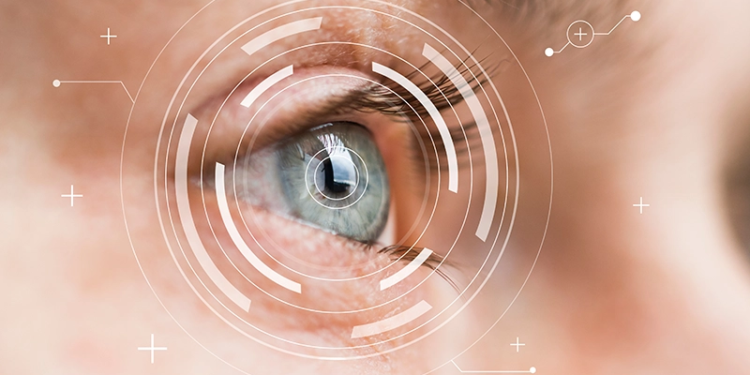
Photograph courtesy of the University of Texas at Dallas.
A researcher at the University of Texas at Dallas (UT Dallas) has received a five-year, $2.3 million grant from the National Institutes of Health (NIH) to combine robot control theory and physical rehabilitation to improve O&P devices. Robert Gregg IV, PhD, director of the Locomotor Control Systems Lab and an assistant professor of mechanical engineering and bioengineering at UT Dallas, has proposed a new way to view and study the process of human walking: attaching sensors to mathematically meaningful locations on powered O&P devices that will allow the user to respond and control the device when his or her environment changes.
According to the project summary Gregg submitted to the NIH, the project aims to identify a biomechanical phase variable used in human locomotion and design a unifying control model for lower-limb prostheses and orthoses.
Gregg said that future devices that come from his research will reduce the time required to tune the prosthesis to the user and train the patient in its use. “My vision is to have off-the-shelf robotic limbs that allow the owner to pick them up at a hospital or clinic, fit them on, and walk off,” he said. “Right now, we are nowhere close to that. It takes days of experimental tuning to get them to work properly, and then the movement is still less than ideal.”
“[Dr. Gregg’s] research combines mechanical systems, control theory, and embedded hardware and software to create next-generation prosthetics without the limitations of conventional solutions,” said Mario Rotea, PhD, professor and Erik Jonsson chair and head of the mechanical engineering department at UT Dallas. “His work is groundbreaking and of great value to society.”
The grant, the NIH Director’s New Innovator Award, is given to researchers at an early stage in their career for work that is creative and has the potential for unusually high impact. Gregg said he will use the award to cover testing of the new human phase variables on able-bodied people, as well as with individuals using prostheses and orthoses. Later phases of the five-year award include testing this approach on leg function after spinal cord injury or stroke. Combined with other neuroprostheses under development, this shift to human phase variable strategies might also lead to new technologies and therapies for individuals with peripheral neuropathy.
Editor’s note: This story was adapted from materials provided by the University of Texas at Dallas.




